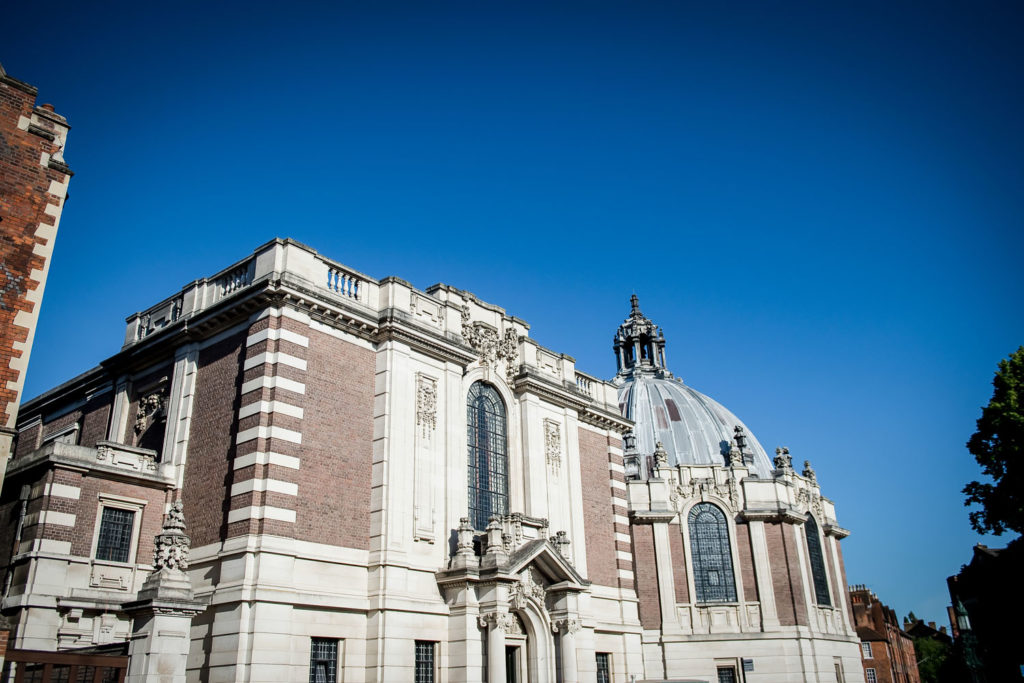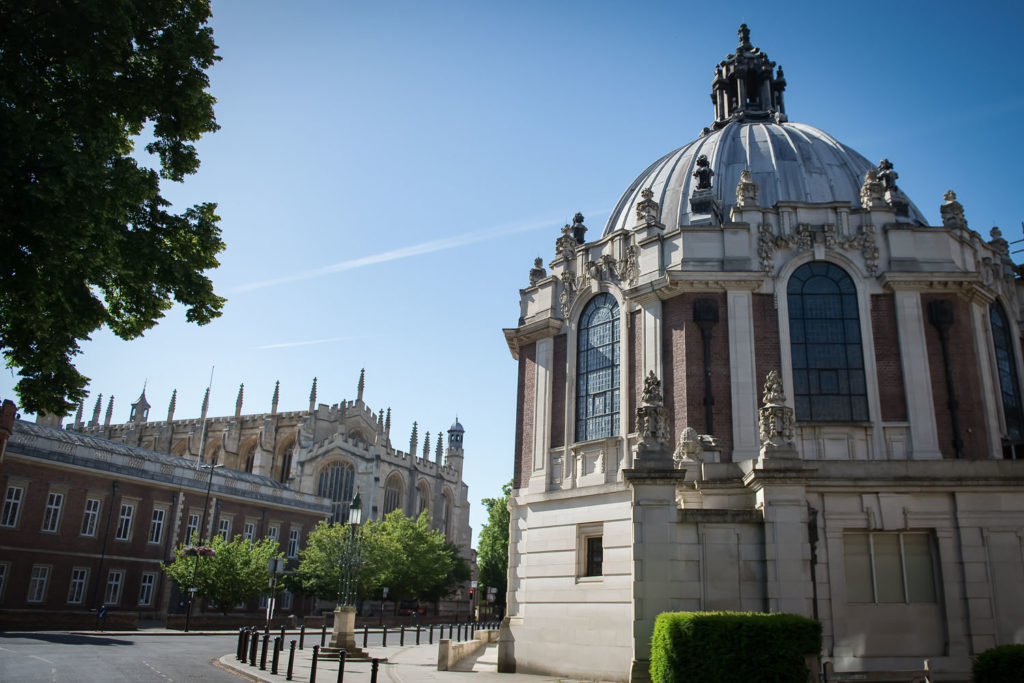Collections Home What’s On Events School Hall & School Library
School Hall & School Library
School Hall & School Library
Collections Home What’s On Events School Hall & School Library
School Hall & School Library
School Hall and School Library are the two neo-classical building sitting side by side. They were erected between 1905 and 1908 as a war memorial to the Old Etonians who lost their lives in the South African Wars.
On 10 June 1902, a meeting was held at the Mansion House in London to discuss a memorial to the 129 Etonians who had died. It was decided that two existing boys’ houses would be torn down to make way for a new School Hall and Library, and work began in 1905. The buildings were opened by King Edward VII in November 1908, further details of which can you can read about in the Eton Chronicle.

Both buildings were constructed in red brick with Portland stone dressings–creating a strong contrast with the Perpendicular Gothic features of College Chapel just across the road. The buildings are unified in design and both have rusticated stonework and rectangular window openings on the ground floor and large rounded windows on the first floor flanked by limestone pilasters. They are decorated in swags and decorative stone fruit, carved by the leading architectural sculptor of the time, Abraham Broadbent.

School Hall (on the left) is a large rectangular building with an imposing entrance held up by Ionic columns. Its large, barrel-vaulted internal space is used for assemblies as well as concerts, plays, films and examinations.

School Library is an octagonal building, topped with a leaded dome and surmounted by a cupola. It does bear some resemblance to Gibbs’ Radcliffe Camera. It provides over 30,000 resources to the boys and wider Eton community, including books, magazines and online resources.
Between the Hall and the Library, there was originally an open arcade. This is now closed and the resulting room is lit with skylights and permanently exhibits some examples of 19th-century heraldic stained glass which are usually open to the public, alongside the other museums and galleries, on Sunday afternoons.

